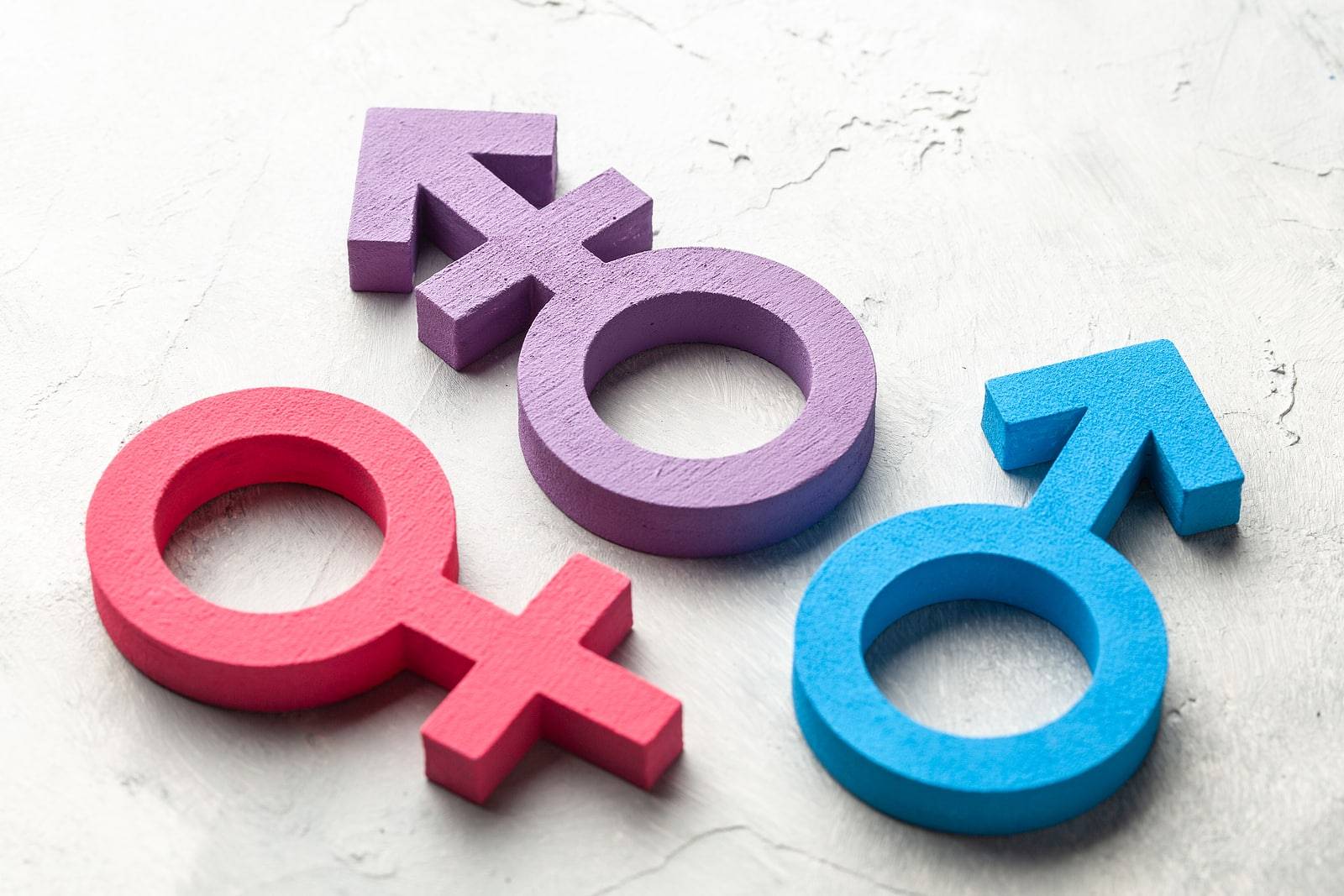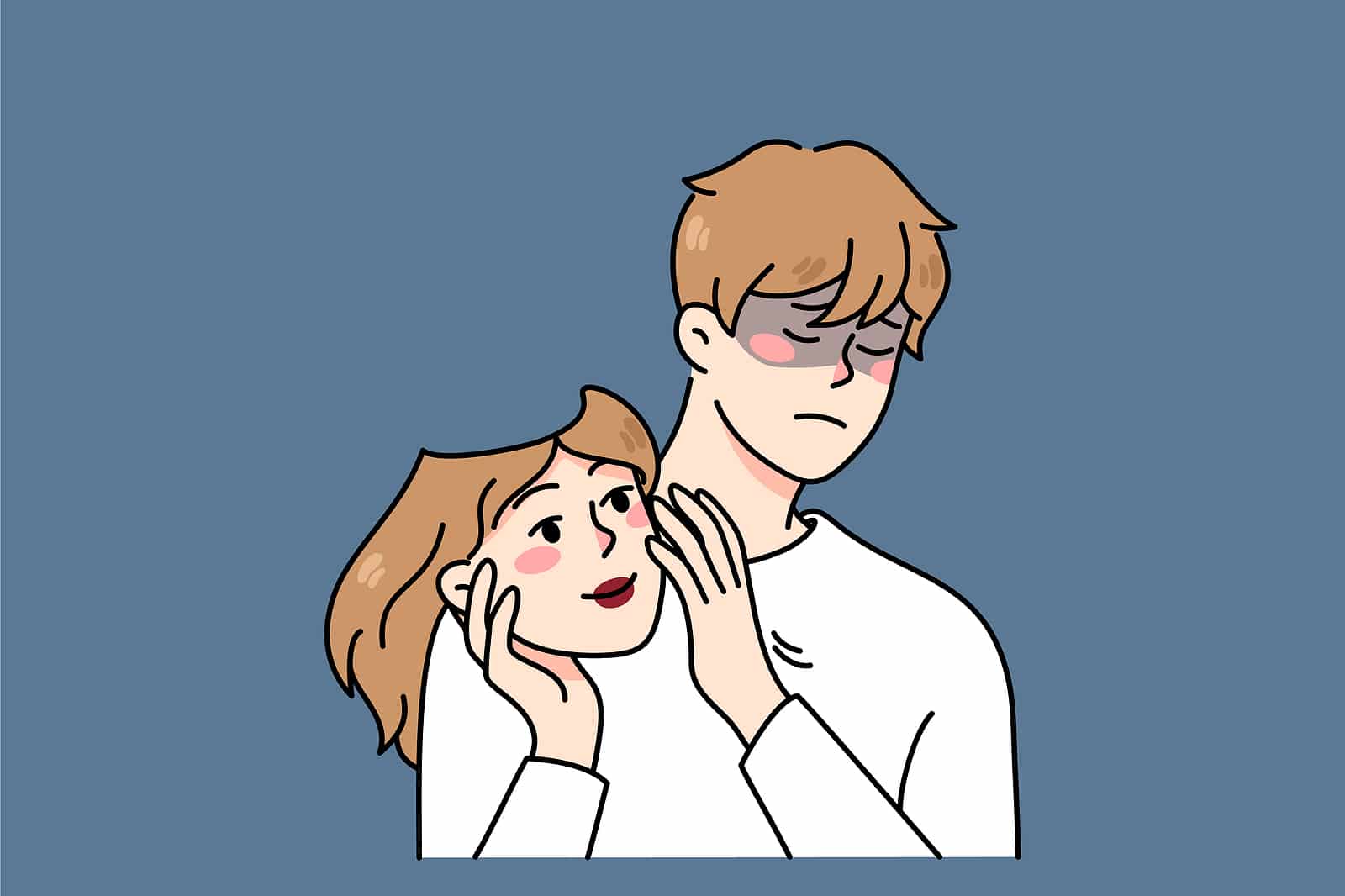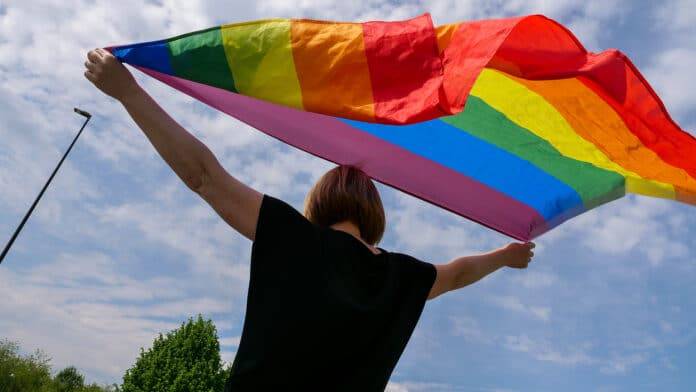What is dead naming has become a political hot button in recent years, especially in the LGBTQ+ community. Deadnaming is the act of discarding one’s original birth name for a new, more gender-affirming name. A recent example would be the actor/actress Elliot Page’s change from Ellen Page.
To many, a deadname is something worthy of eye-rolls. For the transgender, changing a name can be an affirming step during the transition process. It shows a fresh start and gives a way to live in the truth. Is deadnaming illegal? That answer depends on your country because if it happens to be Canada, the answer is yes.

What is Dead Naming?
In June 2017, Canadian legislatures passed Bill C-16, which added the words “gender identity or expression” to the Canadian Human Rights Act and twice in the federal Criminal Code. The bill triggered a national debate on the more significant issues surrounding gender, pronoun use, freedom of speech, and the rights of gender-diverse and transgender Canadians.
Is deadnaming illegal? According to the Canadian Human Rights Act, gender-diverse, gender-fluid, and transgender Canadians are now protected from discrimination along with other groups identifiable by things such as race, age, religion, and disability.
Also, in the section of the Canadian Criminal Code dealing with sentencing for hate crimes, the words “gender identity or expression” were added. Therefore, if evidence exists that an offence is motivated by prejudice, bias, or hate, it can be considered by the courts during sentencing. Critics of the bill point out that deadnaming and incorrect use of specific pronouns could penalize citizens that simply do not understand gender-diverse people or their preferences.
What is Dead Naming?
For the LGBTQ community, dead naming is calling someone by their birth name that no longer matches their gender. Many social scientists and psychologists believe deadnaming is harmful and can contribute to violence. Dead naming can occur at school, the workplace, or any social setting. Deadnaming is often seen as an intentional insult to the person transitioning from one gender to another.

What is Dead Naming?
A name change helps others recognize that someone is transitioning from another gender. For the person who is transitioning, a new name that is gender-affirming may also eliminate any discomfort associated with the old name.
What is a deadname for transgender persons? Recent statistics by the National Center for Transgender Equality suggest that 46% of transgender go through sexual harassment. And only 11% of the community has their names affirmed in public records. These are shocking statistics, aren’t they? In addition, several barriers can prevent some folks from changing their deadname.
Is Deadnaming Harmful?
When you refer to a transgender person by their birth name (intentional or not), it’s deemed an act of violence. For some folks, this can show that you’re simply rejecting someone. Others believe that you invalidate their true identity when you Deadname someone. Also, dead naming someone in front of friends or co-workers can reveal information about their sex at birth that they did not want to be shared.
So, is deadnaming harmful? Most everyone in the LGBTQ+ community agrees that it is, and the effects of deadnaming may have far-reaching consequences, including but not limited to discrimination or harassment.

What is Dead Naming?
What does a deadname mean to family members? It takes time to refer to someone they have known for many years by another name. But with some practice, the new name will become easier for the transitioning person and their families.
Careless people may not think twice about getting someone’s name wrong. For the transgender person, it can be a traumatizing event. Done intentionally or not, you’re simply showing them that you don’t care. A person’s identity is closely associated with their name, so taking the time and the effort to be correct is genuinely an act of kindness and respect.
What is a deadname effect on mental health?
Every time you refer to a transgender person by their birth name, you remind them of who they were before the transition. Some may experience gender distress. Deadnaming is harmful and can bring many negative experiences. It could also mean you’re forcing someone to deal with trauma they were not expecting. Whether done internationally or not, this can be incredibly disrespectful.
The first days after transition could have occasional slip-ups from family and friends. Some folks may be resistant to change. Not to mention, the systems in schools or workplaces may be adamant about the changes.

What is Dead Naming?
Even more frequently, deadnaming can also happen on social media. The change of name may take some time on online accounts. IDs, birth certificates, social security cards, and passports can contribute to dead naming for government-issued documents. Sometimes, attaining a legal name can be time-consuming. Even after the process is complete, the old name may still appear in the database.
So, what does deadname mean to your mental health? For some folks, hearing the old name can induce feelings of gender dysphoria. This can make you fearful of your situation.
It’s potentially dangerous when someone refers to an LGBTQ member with their Deadname. Some can interpret that as discrimination or harassment. As such, dead naming can lead to worrying about your acceptance and safety, depression, low self-esteem, or suicidal ideation.
Deadnaming is harmful, so what should you do after deadnaming someone? Whether it was intentional or not, you must take responsibility.
Apologize briefly
Once you Deadname someone, you should apologize immediately. You want the transitioning person to understand that you understand you have made a mistake. Also, apologize as sincerely and briefly as possible, or you risk shifting the emotional labor to the victim. When you apologize, you theatrically detach from any interpersonal violation that may have occurred. You don’t have to make it someone else’s labor.
Correct
After you acknowledge the error, refer them to their new name. Humility is critical here. The idea is to own that you messed up and emphasize that it was not the other person’s fault. At this point, you don’t need anything further than the correction. Do not continue to apologize; use the correct name and pronouns going forward.
It should happen fast – continue with the conversion where you left off. Let everyone digest without further commentary. If you feel the need, you may apologize again in private, but do not bring up the error of deadnaming the person again in front of others.
How to avoid deadnaming others
Now that we know that deadnaming is not an acceptable practice, you should avoid or stop it. If someone in your life changes their name, you should recognize that immediately. Some of the steps you can take to ensure you do not make an unintentional deadnaming error are:
Practice saying their name aloud
Let others know that you acknowledge the new name, and they should use it.
When you mention the person in a conversation, use their name. In addition, you can educate others on what is dead naming.
Create a reminder on your phone or desk if you are having trouble remembering.
If not sure, ask the person what they prefer to be called and what their pronouns are. It’s ok to ask, but once answered, it is up to you to remember the answers.
Unlearning the deadnaming behaviors is very simple. Following the above tips can set an example for those around you and create a safe environment.
What does deadname mean to institutions?
If a legal name is necessary for some paperwork, the institutions should create a separate space where you can update your records. This prevents any confusion and deadnaming. How about teaching others what is dead naming? Furthermore, organizations should devise methods to update their records in all databases.
What to do if I’ve been deadnamed
You deserve to be treated with respect and referred by your affirmed name. What does deadname mean to you? If you’re in a situation where your deadname comes up, ask your friend to talk to them. You can also confide in a teacher or a coach who understands.
If someone uses the old name, you can correct them. You can explain how the name impacts your social well-being for the family members. Let them understand that using a deadname shows a lack of care. The last thing you want is to interpret their actions as a refusal to accept you.
You can request an update if your old name appears in the digital media. Deadnaming is harmful and happens even more frequently to people who have undergone a transition in the public eye. An excellent example of such a victim is Caitlyn Jenner. On average, at least one media outlet in the US has referred to this transgender person by their deadname each every month.
The transgender community deserves to be treated with dignity and respect. For some folks, that can contribute to a severe mental condition. While some people may find it hard to change their gender on government documentation, the institutions should be trans-inclusive. The LGBTQ guidelines recommend that you only use the name or pronoun the person provides.
For more information please visit Legislative Summary of Bill C-16: An Act to amend the Canadian Human Rights Act and the Criminal Code
Read more – San Francisco Gay Pride Event Erupts With Violence








